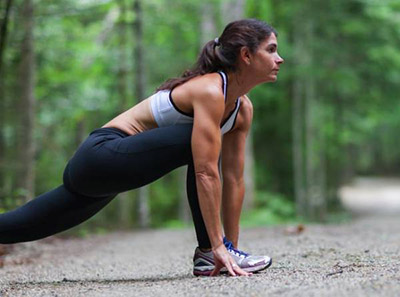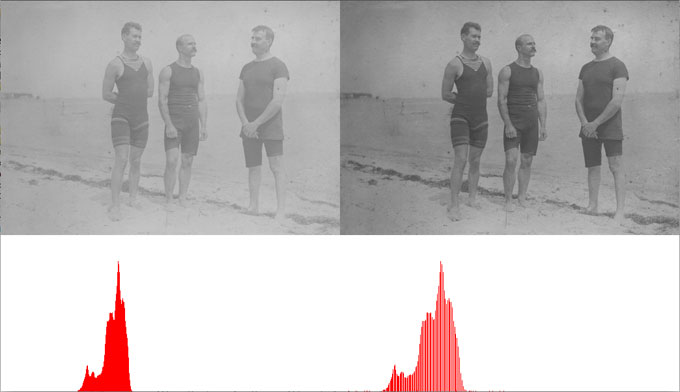

For instance, if you hold a quad stretch for 30 seconds, release the stretch, then repeat it a second time to accumulate a total of 60 seconds. Repeat each stretch until you accumulate a total of 60 seconds per joint and muscle group. Target all your major joints and muscle groups. Engage in passive stretching after your cardio or strength-training sessions.
#Compare and contrast static and dynamic flexibility. series
For instance, if you plan on doing weighted squats, a series of deep air squats can help prepare your body for the weighted version.

Choose active stretches that target the same muscle groups and joints you'll be working during your cardio or strength routine.

Dynamic Stretching is often referred to as a dynamic warm-up.

The best time for static stretching is after your workout as part of your cool down routine. It is considered the safest and most effective form of stretching to improve overall flexibility. Static stretching is the most common form of stretching, and is usually performed during general fitness routines. Static stretching is a stretch that is held in a challenging but comfortable position for a period of time, usually somewhere between 30 to 60 seconds.Below are a few of them, their benefits and when to use each method of stretching. There are many different types of stretching techniques. You should feel some tension while you stretch, but don’t ever let it be painful. Stretching can be both physically and mentally relaxing. The benefits of stretching include (but are not limited to): relief from cramping, improved range of motion, decreased risk of injury and a decrease in delayed-onset muscle soreness. Stretching is a form of physical exercise where a specific muscle or tendon is flexed or stretched in order to improve the muscle’s elasticity and achieve comfortable muscle tone.


 0 kommentar(er)
0 kommentar(er)
